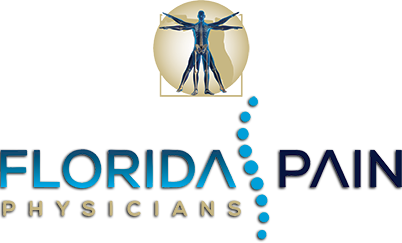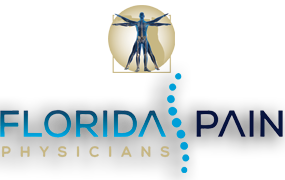 In our last post, we provided some helpful tips on how to incorporate walking into your healthy lifestyle when you have bad knees. Here are some more tips you can use to manage and prevent knee pain while walking:
In our last post, we provided some helpful tips on how to incorporate walking into your healthy lifestyle when you have bad knees. Here are some more tips you can use to manage and prevent knee pain while walking:
Softer Walking Surfaces – Walking on hard surfaces can harm your knees. Walk on softer surfaces like dirt, gravel, mulch, and grass. Visiting nature trails or public parks for your walks can help you avoid hard surfaces like roads and sidewalks.
Build Up to It – If you have bad knees, you most likely avoided walking for too long in the past, so it is best to ease into it. Take shorter walks at the start and build up to it. You can even break up your walking into shorter segments. For example, take three 10-minute walks per day instead of one 30-minute walk. Eventually, you should be able to take a brisk walk that gets your heart rate up.
Schedule Walks for Low-Pain Times – There are certain times during the day where your knee pain is the worst, so you should avoid exercise during those times. If you find that you wake up with pain and stiffness, try to move around for a minute or two each hour until the pain goes down, and then go on your walk. Choosing times of the day when you have less pain will help you enjoy your daily walks.
Use Cold Packs – After you return from your walks, it can help to apply a cold pack to your joints to reduce inflammation.
Walking Poles – Using walking poles can help reduce joint fatigue because they remove some of the pressure from your knees when walking. If you have very bad knees, using a walker or cane can be beneficial.
Keep Moving – Even when you are not exercising, taking time to move throughout the day can improve your knees. Every half hour to an hour, get up and stretch or move around for a minute or two. This can help keep your joints lubricated and prevent pain.
Find relief from chronic knee pain when you schedule an appointment with our pain doctor in Jacksonville, FL. Schedule your appointment online or call us at 904.449.7246.









